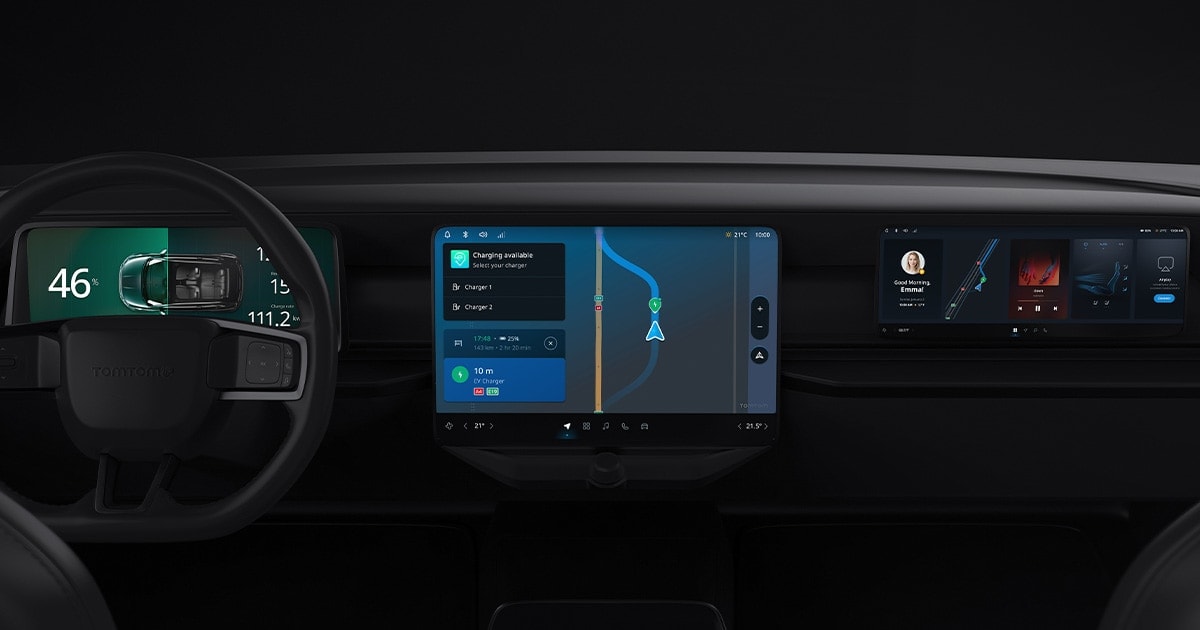
Today, TomTom announced its partnership with Mobility in Harmony, a new organization that aims to promote collaboration in the mobility industry. TomTom is the first global mapmaker, navigation provider and location technology company to join the consortium.
The Mobility in Harmony Consortium (MIH) is a new alliance designed to accelerate the transition to electric-powered vehicles. It marks the likes of Foxconn as one of its founding companies. It says it’s going to do this by promoting collaboration in the industry. That’s easier said than done, but a key area of focus for MIH will be developing reference designs and standards for manufacturers and developers in the industry.
This will be vital for lowering barriers of entry and making the whole industry far more approachable to established companies and startups alike. As drivers of electric cars, we’ve experienced first-hand the confusion caused by all the different types of chargers and connectors and the pains of what happens when every company just does their own thing. Inside the industry, things are far more complex, with an even broader variety of standards — streamlining this will no doubt make it easier for suppliers, OEMs and Tier 1s to work together and develop new technologies for electric vehicles, that make them easier to build and own.
According to the organization’s FAQ section of its website, its “goal is to bring the strategic partners together to build the next generation of EV, autonomous driving, and mobility service applications”.
There are over 1,300 partners involved in the MIH consortium, including companies involved in additive manufacturing, cyber security, data storage, battery development and sensor technology. Some notable names include: Samsung SDI, DAF Trucks, Phiar Technologies and Tata Motors.
Even companies not usually affiliated to the mobility industry, like ADATA, Seagate, Dell Technologies, Cooler Master, and Red Hat software, form part of MIH. You can view the full list of members here.
As part of this diverse group of companies, TomTom will form an advisory and technical committee to oversee the creation of an open EV platform.
What does TomTom bring to the MIH Consortium?
For those well versed in TomTom’s products and services, it should be quite clear what TomTom can bring to the consortium and what it stands to gain.
While many of us may think of digital maps simply as digitized versions of paper atlases, today’s digital maps provide much more information and context that helps us not only get from A to B, but to know that we’ll be able to do what we need to do when we get there. As a mapmaker and geolocation technology company, TomTom is built on data about the world that gives us this context. It’s data about road locations, where buildings are but also deeper detail like gradients of roads, the location and availability of EV charging points, traffic flows and congestion. It’s an immense amount of data that’s mapped.
Although, right now, the company and MIH haven’t given away any specific details on how they’re going to work together. But I’m sure we can expect more news on that in the near future.
A TomTom spokesperson did say that the company will collaborate with global automotive and technology brands, help to drive the consortium’s strategic direction, accelerate innovation and influence the main trends in the mobility industry, though.
“Consumers expect cars to become smartphones on wheels, and fast. The MIH Consortium plays a vital role in bridging the gap between all members of the automotive ecosystem, ensuring the close collaboration that is needed across the industry to achieve this end,” Antoine Saucier, Managing Director, TomTom Automotive said in a statement.
On the flipside, TomTom stands to benefit from its involvement as it will be able to help define standards for how cars interact with digital cockpit systems and what demands can and should be made from digital maps for EVs, automated vehicles and beyond.
This kind of consortium is unlikely to produce any consumer products any time soon, but what we can hope to see more collaboration within the industry, and in the longer term, the EV ownership experience should improve too. We have the incremental improvements that come from it being easier for companies to share knowledge, expand their understanding and borrow expertise from each other, to thank for this.
If MIH is successful in achieving its goal, EV battery range estimates could improve as battery suppliers work closer with EV service providers (like TomTom). The quality of advanced driver assistance systems (ADAS) should also improve as sensor technology companies and system integrators interact more smoothly.
Of course, these are just two examples. In a consortium of over 1,300 partners, the possibilities are nearly endless. And considering that the consortium is adding tens of new partners every week, these opportunities will only grow.
People also read
)
Meet the trailblazing women that made some of the world’s most important maps
)
The future of driving is electric, here's why
)
How augmented reality creates a seamless driving experience
* Required field. By submitting your contact details to TomTom, you agree that we can contact you about marketing offers, newsletters, or to invite you to webinars and events. We could further personalize the content that you receive via cookies. You can unsubscribe at any time by the link included in our emails. Review our privacy policy. You can also browse our newsletter archive here.
)